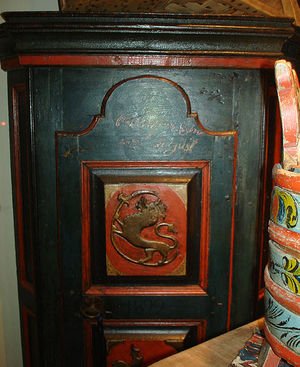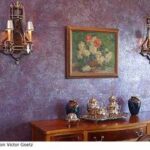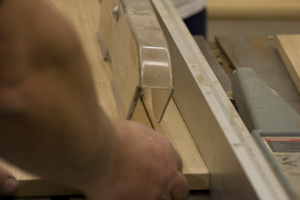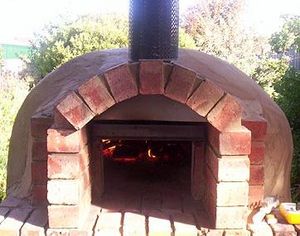The faux antique painting technique gives character and life to almost any material you wish you try it on. Faux antique painting is the art of painting a surface to look antique or old with character without actually being antique. The definition of faux means false step in French; the technique is used to create the look of something without spending a lot of money. You can easily turn an unfinished piece of wooden furniture or a cheap picture frame into an antique looking masterpiece. So why use painting techniques to make an object look antique and old? The antique painting technique brings life to an otherwise boring material, and is also an inexpensive way of getting an antique look without actually buying expensive antiques. This article will look at 10 tips for antique painting and how to get the best results.
1. Safety first
Antique painting is still painting so you should have a painter’s mask, gloves, and proper ventilation in the place you are painting.
2. Sanding
Sanding is important for a few different reasons. If you are using the antique painting technique on an old or beat up material you will want to smooth the surface for easy paint application.
3. Clean
Cleaning the piece you are about to paint with mild soap and warm water is needed to get the best results while painting. Also clean and dust left over from the sanding process.
4. Large open space to work at
When using the antique painting technique you will want to lay the material you are painting in a wide open (ventilated) area for easy access and painting. Taking the time to give yourself a clean work area will make the actual painting much easier.
5. Prime
Like with most painting jobs you will get best results by first priming the surface you wish to paint. Use a primer that is made specific for the material you are painting as there are different options. Typically an oil based primer is the best product to use, but be sure to research what primer is best for the material you are antiquing.
6. Crackle finish
Using a crackle medium is a great way to get a worn paint and cracked paint looks on walls or standalone objects. Crackle is relatively easy to apply and a great cost effective way to get a brilliant antique finish look.
7. Two tone finish
For a great and unique antique look applying two tones of paint colors is always an option. It is up to your best judgment to pick colors that flow with each other for the desired effect. Using a two tone finish can look great or terrible, be random about the paint overlap and be careful not to stick to a pattern. Sticking to a pattern will make it look intentional instead of faux antique.
8. Using glaze
For a cool antique look you can use a dark colored glaze and generously apply it after the topcoat has finished drying. You have to use a satin paint if you wish to use the glaze. The glaze will give a rich dark look color that looks antique and gives character.
9. Adding scratches and dents
Nothing says aged furniture like a little wear and tear; however if you have an unfinished piece chances are it has no wear and tear. Using tools such as a screwdriver head or pliers will give unique random grooves and dents in the furniture. The distress marks show up best if you use a glaze finish and a satin topcoat.
10. Use dark colored paint
When applying the basecoat choose a color slightly lighter than the topcoat you wish to apply for a more worn look. I suggest using a dark brown for the topcoat and light brown for the base coat as it gives an aged and antique look. If you choose to use the crackle medium method this technique works well.
Sources:
http://www.diynetwork.com/how-to/how-to-give-furniture-an-antique-look/index.html
http://www.hgtv.com/decorating/paint-technique-antiquing-furniture/index.html





